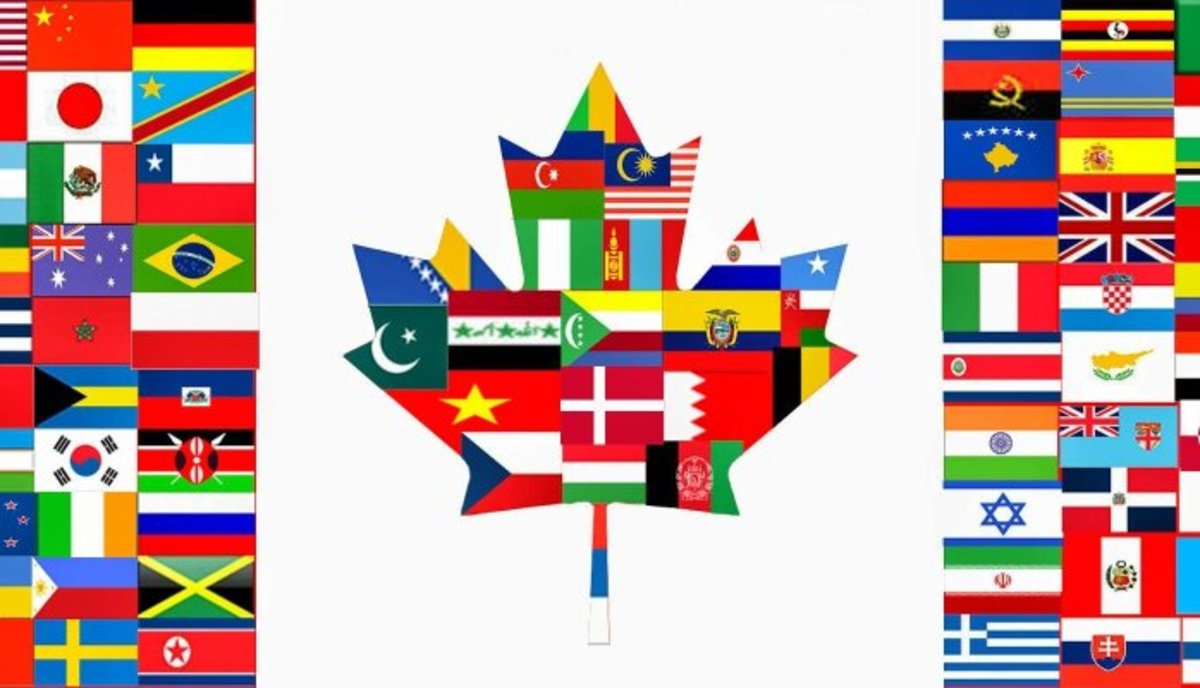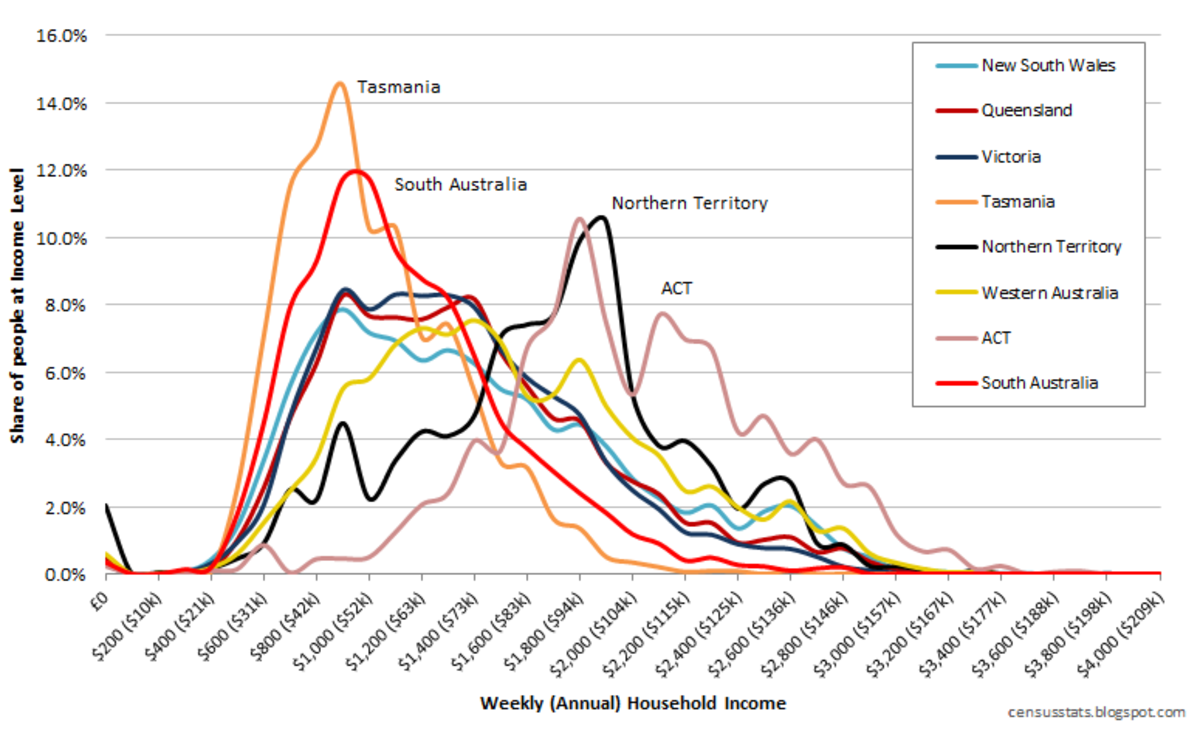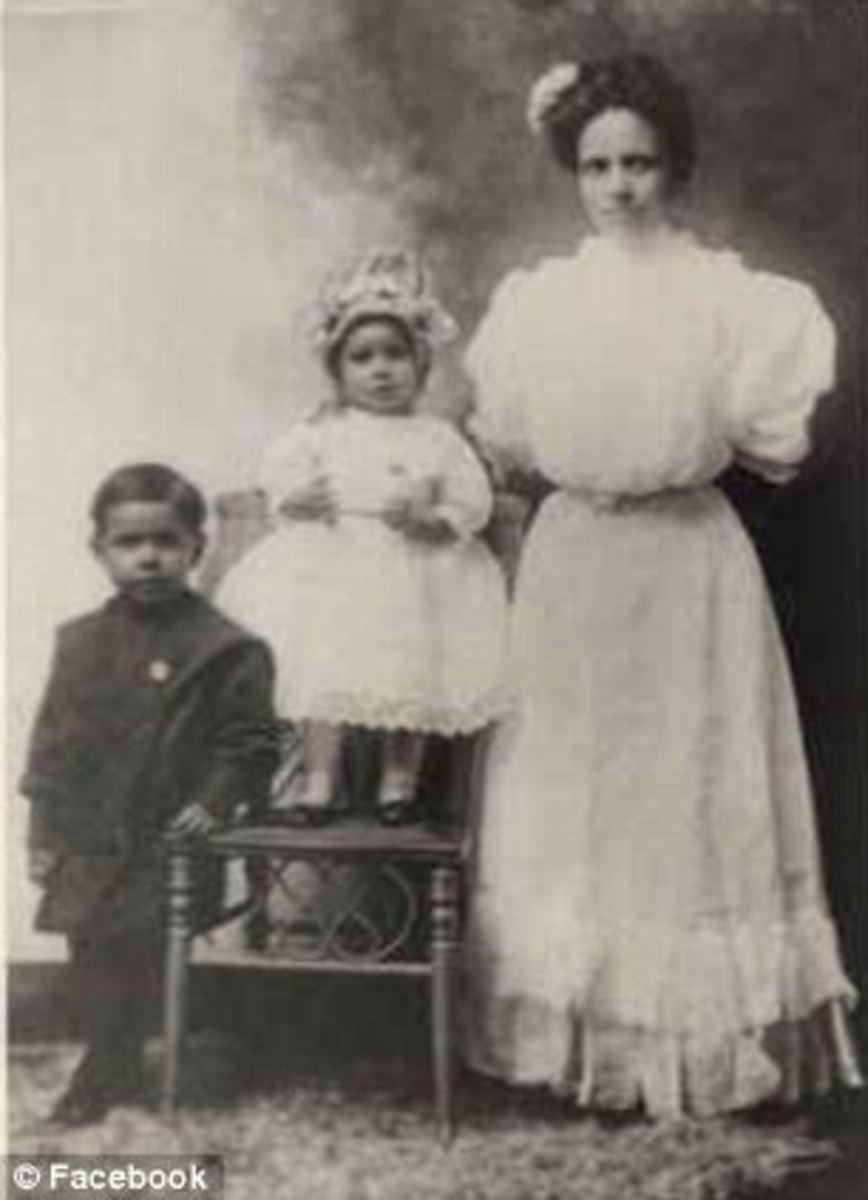Canadian Inequality?
Equality for all seems to be the main objective in most countries one would think. Unfortunately, equality may be on the minds of many but in many places such as Canada, it isn’t widely practiced. For the most part, Canadians tend to underestimate the amount of social inequality within their society. There is that one basic belief system wherein equality and opportunity go hand in hand which means that within the workplace, for example, showing initiative will get that person ahead. This tends to be a belief system that exists everywhere especially in places such as the United States.
Ethnic inequality in Canada tends to focus not on wealth itself but on occupation although how much money one makes is essential in their thought process.(Beadnell 2003, para.1-2) Canadians do tend to focus and relate with others who fit into their same social mold and thus, often believe that they are living the life. Looking at the income levels can tell you something about Canadians. Income plays an important role when it comes to social inequality. That with the ever growing high cost of living has made it can be suggested that Canada has less income disparity than the United States. It also leads one to believe that income is not distributed equally across Canada.
Wealth and power in Canada go hand in hand. Wealth focuses more on the total amount of money and valuables that a person or family. Furthermore, wealth is also unequally distributed. Wealth and power go so well together simply because wealth is a source of power itself in not only Canada’s society, but practically everyone else’s as well. For the most part, it’s safe to say that wealth and power have are the political influences of the nation and perhaps even contribute to the rise and fall of decisions made about the economy.
Prestige comes in many forms. Its commonly used when referring to esteem or reputation. In Canada however, there is something that exists known as occupational prestige. Occupation is a major determinant of income, wealth, and power and one of the most important aspects as it relates to Canadian social prestige. White collar workers tend to receive higher incomes and afforded more prestige than that of blue collar workers. Furthermore, women are often paid less than men. This is true even in that of pink ghetto jobs. Pink ghetto jobs are jobs or careers most often dominated by women. In Canada, men may enter into these types of jobs such as child care and nursing and still be paid more than women.
In order to get to a certain prestigious type of standing within society, its common knowledge that one must have the education. Education is a very important determinant of labor force in Canada. It’s been speculated that white Canadians dominate the education systems, particularly the universities and provide and unfair disadvantage to minorities. (Collacott 2010, para.3) It’s highly valued in Canada and other industrial societies as well. It’s common knowledge that education is generally considered to be a right but in Canada, its not always been equal participation by women. Also, its’ been suggested that women have completed more or gone further in their education that most men and yet, they are still be surpassed.
Ethnic stratification within Canada’s educational system has been greatly criticized in years because minority groups are given the impression or feel as though the system is working for the dominant group only.(Ali, Grabb 1998 para.5) Education is a key component when it comes to success not only in Canada, but worldwide, although in this country society tends to believe that family is the key to success especially if money is involved. However, in Canada, education is important to many Canadians because with education comes the opportunity for job success followed by financial success.
Its been said countless times that who we are at birth will influence who we become later in life. Like power and wealth, who we are at birth go right along with it. Our entry into the world is contributed to by our ancestry. Born into privilege or born into poverty ultimately sets the stage for our later lives from the schools we attend to the people we surround ourselves with in regards to friendship to the jobs we will have and the income we will make. Those born into wealth often will do anything in their power to retain that wealth. In Canada, men and women are both born into prestige and both born into poverty. It’s what they do after the fact that matters.
There are four general social classes. The Upper Class, which many people around the world often find themselves trying to achieve. Three to five percent of Canadians fall into this category; most of their wealth is inherited. Historically, this group has been mostly of British origin, but now, as times have changed, it’s more widely distributed.
The children of said families go to private schools while their parents have power in occupational positions such as Presidents and CEO’s. Along with the upper class, we also have two class systems within the upper class and they are referred to as upper uppers wherein only one percent of Canada’s population fall into this category and are considered and distinguished as “old money”. Following this category is that of lower uppers. About two to five percent fall into this level and they don’t depend on their wealth and status by family money. They must earn their wealth.
Following the Upper Class, we have the Middle Class. Middle class normally means freedom from poverty. (Saunders 2007 para.2) About forty to fifty percent of the Canadian population fall into this category. This class size also has a great influence on patterns of North American culture. This class system has a great amount of racial and ethnic diversity and it’s not characterized by exclusivity or familiarity. The top of this class is often referred to as the upper middle class with incomes of between fifty thousand and one hundred thousand in fields from managerial to professional fields. The remaining middle class often work in less prestigious white collar fields or highly skilled blue collar jobs. The working class and the lower class often are regarded as being one of the same.
A big percent of the Canadian population is labeled as poor. The working class comprises about a third of the population and they generally have lower incomes and virtually no accumulated wealth. Often, their jobs provide less than a satisfying lifestyle. Many of the lower class citizens in Canada are supported by welfare and welfare only. (Ligaya 2007 para.23) They find themselves living in the neighborhoods that are considered the ghetto or “projects”, another word of government housing. Many members of Canadian society fall into this category of ethnic minorities as well.
Family has the ability to reproduce the class structures within each generation. For example, upper class parents have higher expectations in regards to education and occupation for their children. They often differ significantly than those of middle class parents. Children of affluent parents are more likely to receive exposure to things such as computers and the internet Furthermore, spousal relationships; especially those of upper class tend to segregate their children from children of the middle or working class. This here is a never ending cycle.
Canada is characterized by an extreme measurement of social mobility. This often results from personal success or some type of structural change in society. It can be an upward spiral or a downward spiral. Intra-generational social mobility involves a change in ones social status or position during their lifetime. Inter-generational mobility involves the upward or downward spiral or children as it relates to their parents. It’s often said that looks and class continually affect society in both positive and negative ways. The key is to get past this.
Racism and discrimination are things that run rampant worldwide. It is not localized in any way shape or form. For example, Native people in Canada often suffer in forms such as poverty, high unemployment, and love income; just to name a few adverse socioeconomic circumstances. (Robinson 2001, para.3)
The fact that racism still exists is just plain sad. Racism in Canada leave many people in disbelief considering that during the Civil War, tens of thousands of slaves fled to Canada for their freedom (Brown 2002, p. 158) as it was quite apparent that life would be better there than if they remained in the United States. Slaves fled to Canada, now the offspring of these slaves or former slaves are experiencing new levels of hate. It’s a never ending cycle that is constantly repeated. One odd aspect is that considering the levels of hate that are apparent in the United States, not against just minorities or people of color, but for gays and lesbians as well, they are opting to live in Canada because they believe life will be better.
If you look at Canada today, it’s quite clear that the urbanization and assimilation pressures of Native Americans during the 1950’s and 1960s have proven that intermarriages were occurring at a time when many people in the world didn’t even conceive of such an idea. During the sixties, white people were the majority or Anglo Canadians. People of color were ostracized by Anglo Canadians and French Canadians (Lawrence, 2005 para.6) It wasn’t just people of color that were discriminated against, Canadians began to discriminate against each other.
Although Canada has a greater acceptance for different ethnicities, the country itself still has a ways to go when it comes to ending racial discrimination and prejudice among its people. The fact that ethnicity and social class go hand in hand, (Marger, 2009 p.449) is not unlike that in the United States where you have upper class citizens who look down on citizens of another race and in turn, think they are better than them.
Living prosperously is constantly one of the main goals in Canada, especially as it pertains to social class and or status. An interesting turn of events was at the end of both world wars, women were asked to step out of jobs and make room for men. (Brown, 2002 p. 483) Everyone knows that the wars ended long ago, but the effects and changes that went on as a result of them appear to still be evident as its clear men continue to dominate the field.
While racism, hate and discrimination continue to run rampant worldwide, it was the war and the horrible crimes that occurred during the Nazi Holocaust that caused many Canadians to feel that racism was repugnant. (Brown 2002. p488) Following this, human rights codes were passed and they eventually gave hope of redress for the number of insults and discrimination that Jews, Blacks, and Native people were constantly subjected to for generations. Although this step forward didn’t stop prejudice, it became clear that it wasn’t something that Canada was going to condone.
If you look at Canada today, it’s quite clear that the urbanization and assimilation pressures of Native Americans during the 1950’s and 1960s have proven that intermarriages were occurring at a time when many people in the world didn’t even conceive of such an idea. During the sixties, white people were the majority or Anglo Canadians. People of color were ostracized by Anglo Canadians and French Canadians (Lawrence, 2005 para.6) It wasn’t just people of color that were discriminated against. Something known as institutional racism occurred. People were turning on members within their own societies on ridiculous basis.
Inequality literally will never end if societies cannot get past their own insecure attitudes and behaviors and displaced fears especially as it relate to one another. If Canada wants to rebuild itself and move forward instead of backwards; if they can just make the decision to that, than they would most likely be one step ahead than that of the United States. As a race, societies has come a long way, most would say that the United States has come far enough, seeing as how they now have an African American president, wrong (Forsloff, 2009 para.1) The United States is too far behind it’s not even funny. Sure they have a president of color but that’s it. Racism is alive and well in the United States. Hate is everywhere in the forms of signs, hate speech, etc. Canada has the opportunity to move forward and not by electing officials of color into the office because that’s simply not the way to do it.
Education and example is by far the best way to go. If anyone were to think about it, where does this type of behavior come from? It starts at home. Not outright racism, but hate usually begins at home. Take our youth, they view their parents behavior and then move on. They go to school, college, and eventually vote in favor of someone simply based on race. Canada needs to start making everyone aware that hate and racism and ethnic inequality, or basic inequality is alive and present. Sure many may know it exists, but nothing is being done about it. In our schools, the school administration needs to step up and not just focus on tolerance because who in the world would want to be tolerated? Schools and colleges can have workshops educating people on racial discrimination and inequality. The same can be done in workforce environments as well. It may not be much but it is a start. Society notices things like this. One person can make a difference and we see it every day.
Equality for all really does seem to be the main goal that most countries strive for. It’s sad the most countries strive for this and not all. Canada’s inequality issues aren’t unlike the United States, they do mimic them to some degree but even with how far they have come such as allowing same sex couples to marry and how complex and diverse the nation is, many would still consider living in Canada. Even with the knowledge of how unfair minorities may be treated in Canada, people often still consider living in country compared to that of living in the United States. Things need to change not only in Canada, but worldwide. Although things change sometimes for the better, sometimes for the worse, ultimately it’s always going to be up to us, members within society to make a difference; to make the change and move forward.
Reference
Ali, Jennifer, Grabb, Edward (1998) Ethnic origin, class origin and educational attainment in Canada: Further evidence on the mosaic thesis Retrieved January 3, 2011 from http://findarticles.com/p/articles/mi_qa3683/is_199804/ai_n8784480/pg_2/
Beadnell, Mary (2003) Mounting Inequality in Canada Retrieved January 3, 2011, from http://www.wsws.org/articles/2003/mar2003/can-m19.shtml
Brown, Craig (2002). The Illustrated History of Canada, Ontario Canada. Key Porter Books Limited
Colacott, Martin (2010) Raising the Race Issue is not Racist Retrieved December 30, 2010 from http://proquest.umi.com/pqdweb?index=10&did=2205976361&SrchMode=1&sid=3&Fmt=3&VInst=PROD&VType=PQD&RQT=309&VName=PQD&TS=1294633225&clientId=74379
Forsloff, Carol (2009) Will the Election of Obama change Racism in America and Canada? Retrieved January 1, 2011 from http://www.digitaljournal.com/article/267053
Lawrence, Bonita (2005) Decolonizing Antiracism. Retrieved January 1, 2011 from http://proquest.umi.com/pqdweb?index=25&did=1046715341&SrchMode=1&sid=4&Fmt=3&VInst=PROD&VType=PQD&RQT=309&VName=PQD&TS=1294538195&clientId=74379.
Ligaya, Armina (2007) The Debate Over Canada’s Poverty Line Retrieved December 30, 2010 from http://www.cbc.ca/news/background/economy/poverty-line.html
Marger, Martin N. (2009). Race and Ethnic Relations (8th ed.). Belmont, CA: Wadsworth Cengage Learning.
Robinson, B.A. (2001) Suicide Among Canada’s First Nation. Retrieved January 1, 2011 from http://www.religioustolerance.org/sui_nati.htm
Saunders, Doug (2007) Defining the Middle Class. Retrieved December 30, 2010 from http://www.theglobeandmail.com/news/world/article772689.ece







